Description
Tomato Thessaloniki
Tomato Thessaloniki. An Heirloom variety, originating from Greece producing large heavy leafed plants excellent for protecting fruit in sunny positions. A very productive variety producing large red fruits 3-4” in diameter with a mild flavour that are resistant to cracking. The fruit has amazing colors as it matures turning from sunset hues to a deep red. Good resistance to disease and fungal infections. Fruits are extremely resistant to rotting, even when fully mature on the vine. Indeterminate. 80 days from germination.
Cultivation Advice For Tomato Thessaloniki
- Choose well-draining, loamy soil with a slightly acidic to neutral pH (6.0-7.0).
- Prior to planting, incorporate organic matter like compost to enrich the soil.
- Start Thessaloniki tomato seeds indoors 6-8 weeks before the last expected frost.
- Transplant seedlings into the garden after the danger of frost has passed, maintaining proper spacing (18-24 inches apart).
- Provide full sunlight exposure, ensuring at least 6-8 hours of direct sunlight daily for optimal growth.
- Maintain consistent soil moisture throughout the growing season. Water deeply and regularly, particularly during dry periods.
- Apply organic mulch around the base of the plants to conserve soil moisture, suppress weeds, and regulate soil temperature.
- Thessaloniki tomatoes are indeterminate, so provide support with stakes or cages to prevent sprawling and ensure proper fruit development.
- Use a balanced, all-purpose fertilizer at planting and regularly during the growing season. Adjust based on plant needs and soil conditions.
- Prune indeterminate varieties by removing suckers and lower foliage for improved air circulation and sunlight penetration.
- Regularly inspect for common tomato pests such as aphids, whiteflies, or hornworms.
- Employ natural pest control methods or introduce beneficial insects to manage pest populations.
- Water at the base to minimize the risk of fungal diseases. Mulching can also help prevent soil-borne diseases.
- Harvest Thessaloniki tomatoes when they reach their mature color and have a firm texture. These tomatoes are known for their sweet flavor.
- Pair tomatoes with companion plants like basil, marigolds, or nasturtiums to deter pests and enhance growth.
- If space is limited, Thessaloniki tomatoes can be grown in large containers with good drainage.
- Understand that Thessaloniki is an indeterminate variety, meaning it continues to produce fruit throughout the growing season.
- Wait until the soil has warmed before transplanting seedlings to ensure optimal growth.
- Plant Thessaloniki tomatoes after the soil has warmed up in spring. They thrive in warm temperatures.
- Water at the base of the plant to prevent water from splashing onto the foliage, reducing the risk of fungal diseases.
- Use a drip irrigation system or soaker hoses for efficient and targeted watering.
- Regularly inspect the foliage for any signs of diseases or pests. Early detection allows for timely intervention.
- Given the indeterminate nature of Thessaloniki tomatoes, provide adequate support for branches laden with tomatoes to prevent breakage.
- Harvest tomatoes when they reach their mature color and have a slightly soft feel. Thessaloniki tomatoes are prized for their juicy and sweet taste.
- Practice crop rotation to reduce the risk of soil-borne diseases. Avoid planting tomatoes in the same location every year.
- Install sturdy tomato cages or stakes early in the growing season to provide support as the plants mature.
- Implement organic pest control methods, such as introducing beneficial insects or using neem oil, to deter common tomato pests.
- In cooler climates, consider using season extension techniques like row covers to protect plants from late spring or early fall frost.
- Check if there are disease-resistant varieties of Thessaloniki available. Opting for resistant varieties can contribute to overall plant health.
- In late summer, consider light pruning to improve air circulation and sunlight penetration, especially if the plant has dense foliage.
- Utilize a moisture meter to monitor soil moisture levels and adjust watering practices accordingly to prevent overwatering or underwatering.
- Experiment with natural mulching alternatives like straw or shredded leaves to maintain soil moisture and regulate temperature.
- Periodically amend the soil with organic matter to replenish nutrients and improve soil structure.
- Keep a garden journal to record observations, including plant growth, flowering patterns, and any challenges faced, for future reference and improvement.


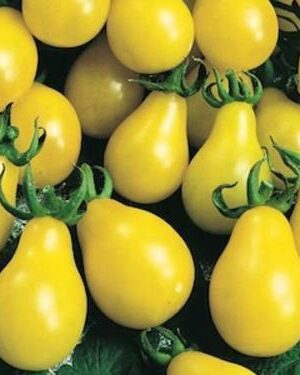
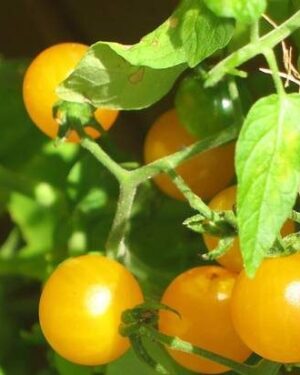
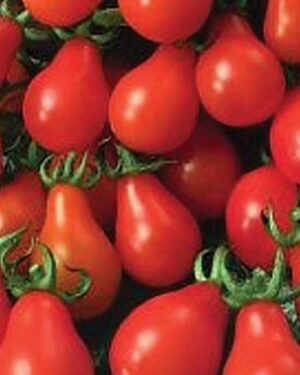
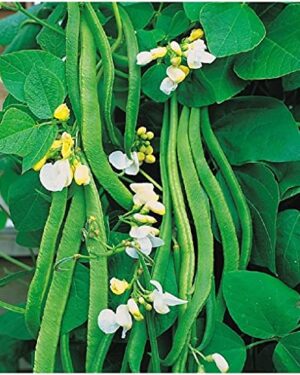

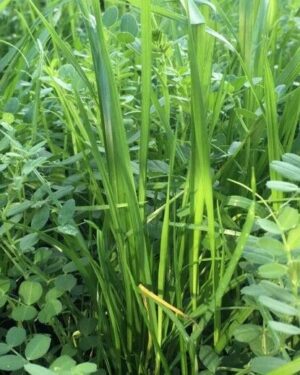

Reviews
There are no reviews yet.